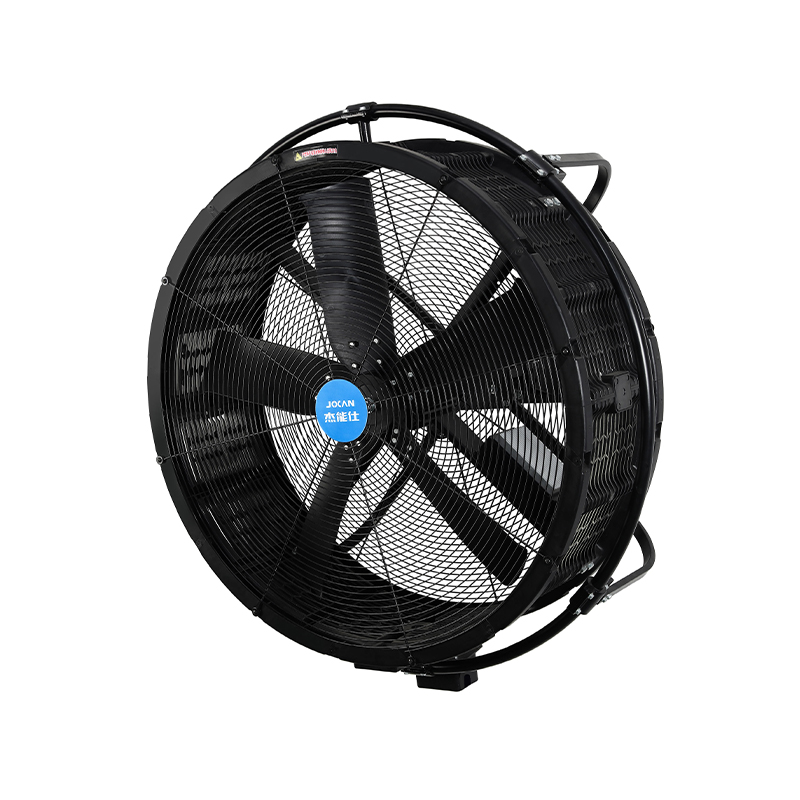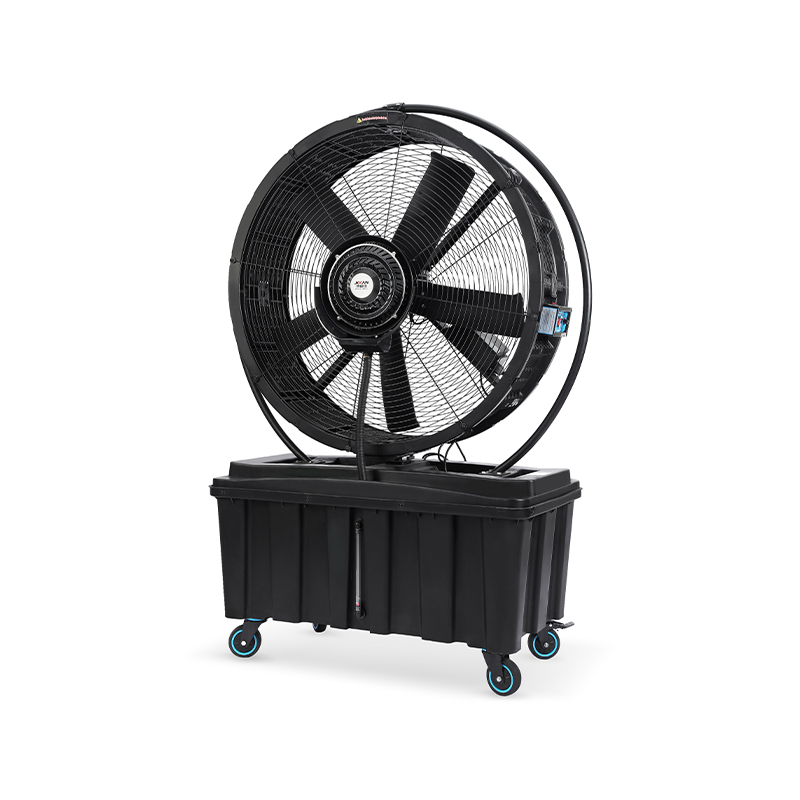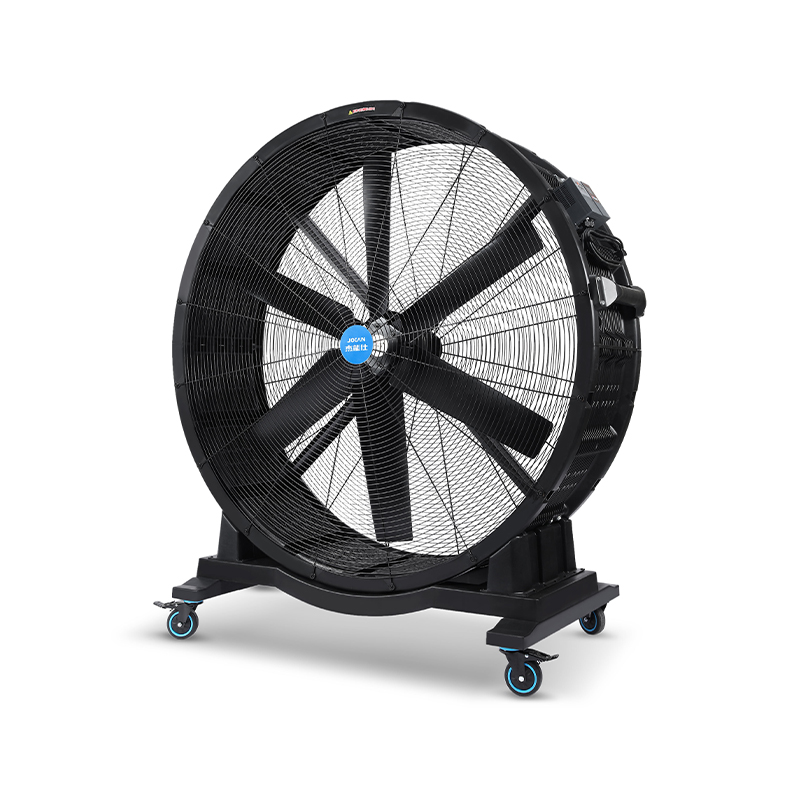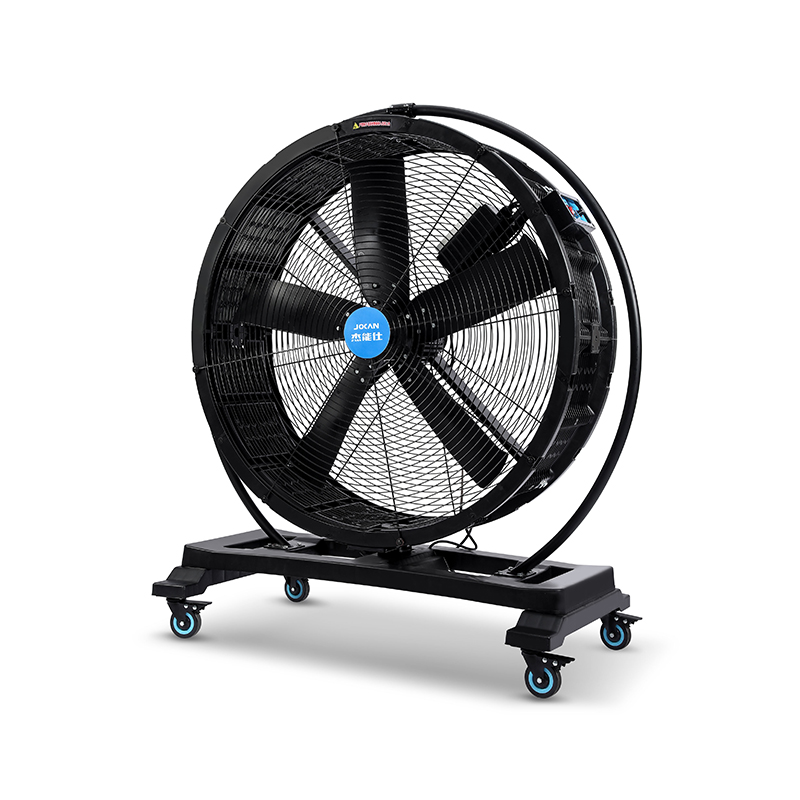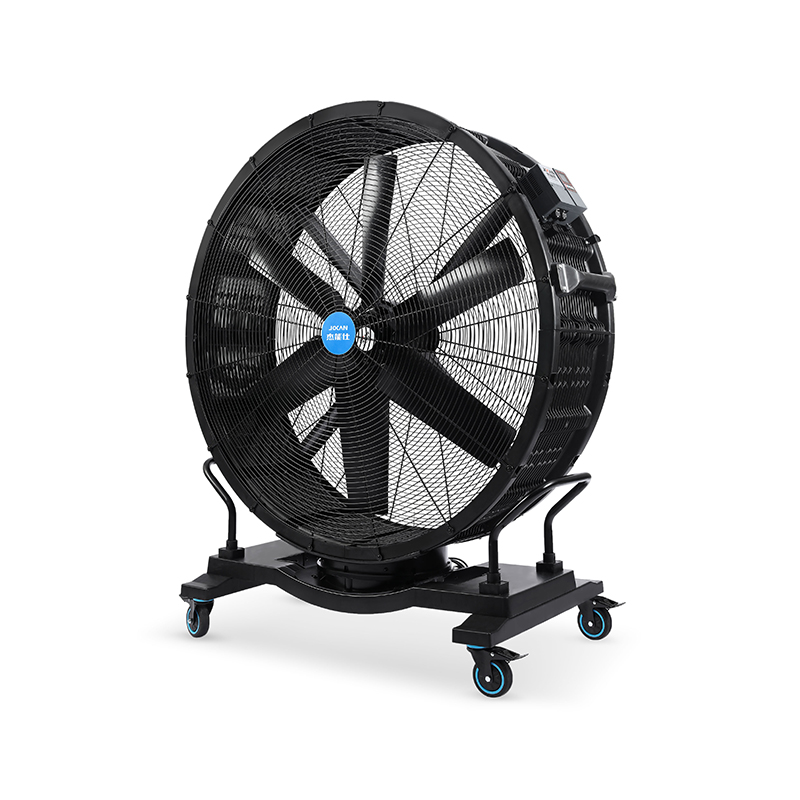This shift reflects a growing recognition of the benefits that intelligent ventilation systems bring, such as improved energy efficiency, precise airflow control, and enhanced operational flexibility. Among the wide range of fans benefiting from smart control technologies are the inlet duct fan, industrial dust extractor fan, and industrial indoor ceiling fan, each playing a vital role in modern air management.
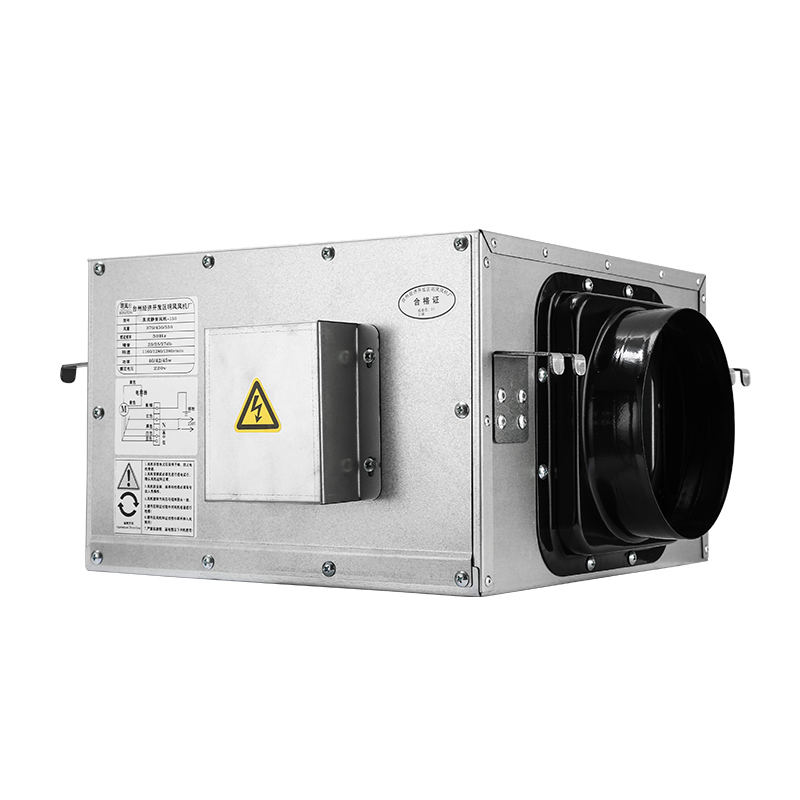
An inlet duct fan is often an essential part of a ventilation or air handling system. Traditionally, these fans operated at fixed speeds, but with the advent of smart control, they now adapt to changing airflow needs in real-time. For example, in manufacturing plants or warehouses where airflow requirements vary throughout the day, a smart inlet duct fan can adjust its speed to maintain good conditions without wasting energy. This responsiveness not only improves indoor air quality but also reduces operational costs, as fans consume power proportional to demand rather than running continuously at full speed.
Similarly, the industrial dust extractor fan has seen significant improvements thanks to smart technology integration. Dust extraction is critical in many industries, such as woodworking, metalworking, and chemical processing, where airborne particles can affect both worker safety and equipment longevity. A smart-controlled industrial dust extractor fan can monitor dust levels and airflow rates, adjusting its operation accordingly to maintain a cleaner environment. This dynamic control avoids the pitfalls of outdated systems that either run unnecessarily or fail to provide sufficient extraction when needed. By modulating speed and operation times, these fans contribute to both regulatory compliance and energy savings.
Industrial indoor ceiling fans are another category increasingly benefiting from smart control systems. In large commercial or industrial spaces, such fans help maintain consistent temperature and air circulation. Smart industrial indoor ceiling fans can now be programmed or remotely controlled to respond to temperature changes, occupancy, or specific environmental triggers. For instance, during peak working hours, these fans might increase speed to improve air circulation, while slowing down or switching off during off-hours to conserve energy. This level of control is especially valuable in large spaces where manually adjusting fans can be inefficient or impractical.
The rising adoption of smart-controlled fans, including inlet duct fans, industrial dust extractor fans, and industrial indoor ceiling fans, aligns with broader trends in automation and sustainability. Facilities managers and engineers are recognizing that integrating intelligent systems allows for better monitoring, easier maintenance, and tailored airflow solutions that traditional fans cannot match. These fans often come equipped with sensors, programmable logic controllers, or network connectivity, enabling centralized management and data analysis. This not only improves day-to-day operations but also informs long-term facility planning and energy management strategies.
Moreover, smart-controlled inlet duct fans, industrial dust extractor fans, and industrial indoor ceiling fans contribute to enhanced worker comfort and safety. By maintaining appropriate air quality and temperature levels, these fans help create healthier work environments. For example, a well-regulated industrial dust extractor fan reduces the concentration of harmful particles, directly impacting respiratory health. Meanwhile, industrial indoor ceiling fans ensure consistent airflow that can prevent hot spots or stagnant air in large rooms. The ability to fine-tune these fans with smart controls means that companies can better meet workplace health guidelines while managing energy use.
Another factor driving demand is the increasing availability of compatible technologies and decreasing costs of smart controls. Previously, integrating intelligent control systems with fans could be complex or costly, limiting adoption to specialized applications. Today, more user-friendly interfaces, wireless connectivity, and affordable sensor packages have opened the door for broader use across industries. This progress allows businesses to retrofit existing inlet duct fans or dust extractor fans with smart controls or invest in new, smart-enabled industrial indoor ceiling fans without excessive upfront costs.
The benefits of smart-controlled fans extend beyond energy savings and operational improvements. They also enable predictive maintenance and reduced downtime. For example, a smart inlet duct fan can provide real-time feedback on motor performance or blade conditions, alerting maintenance teams before failures occur. Similarly, an industrial dust extractor fan with integrated sensors can detect filter clogging or airflow restrictions early, allowing for timely service. These predictive capabilities help avoid costly unplanned outages and extend the lifespan of ventilation equipment.
As industries increasingly focus on sustainability, the role of smart-controlled fans like inlet duct fans, industrial dust extractor fans, and industrial indoor ceiling fans will likely continue to grow. Their ability to provide precise control, reduce energy consumption, and improve air quality aligns with both regulatory requirements and corporate responsibility goals. While the technology is still evolving, current implementations already demonstrate significant value for facilities aiming to optimize their ventilation systems.
 Add: Plot 23, Huanglang Industrial Zone, Jinqing Town, Luqiao District, Taizhou City, Zhejiang Province
Add: Plot 23, Huanglang Industrial Zone, Jinqing Town, Luqiao District, Taizhou City, Zhejiang Province
 TEL: +86-13586083215
TEL: +86-13586083215

 English
English English
English عربى
عربى 한국어
한국어


